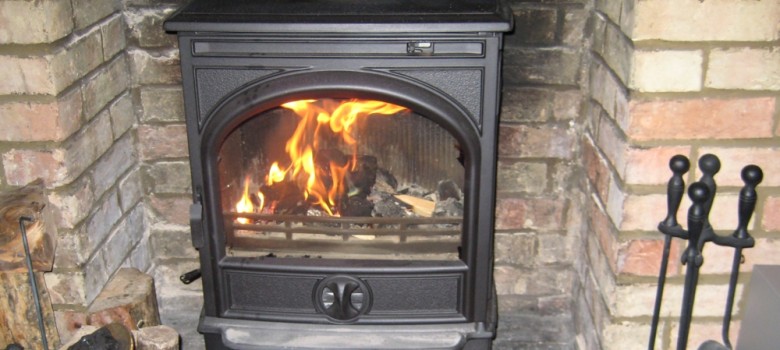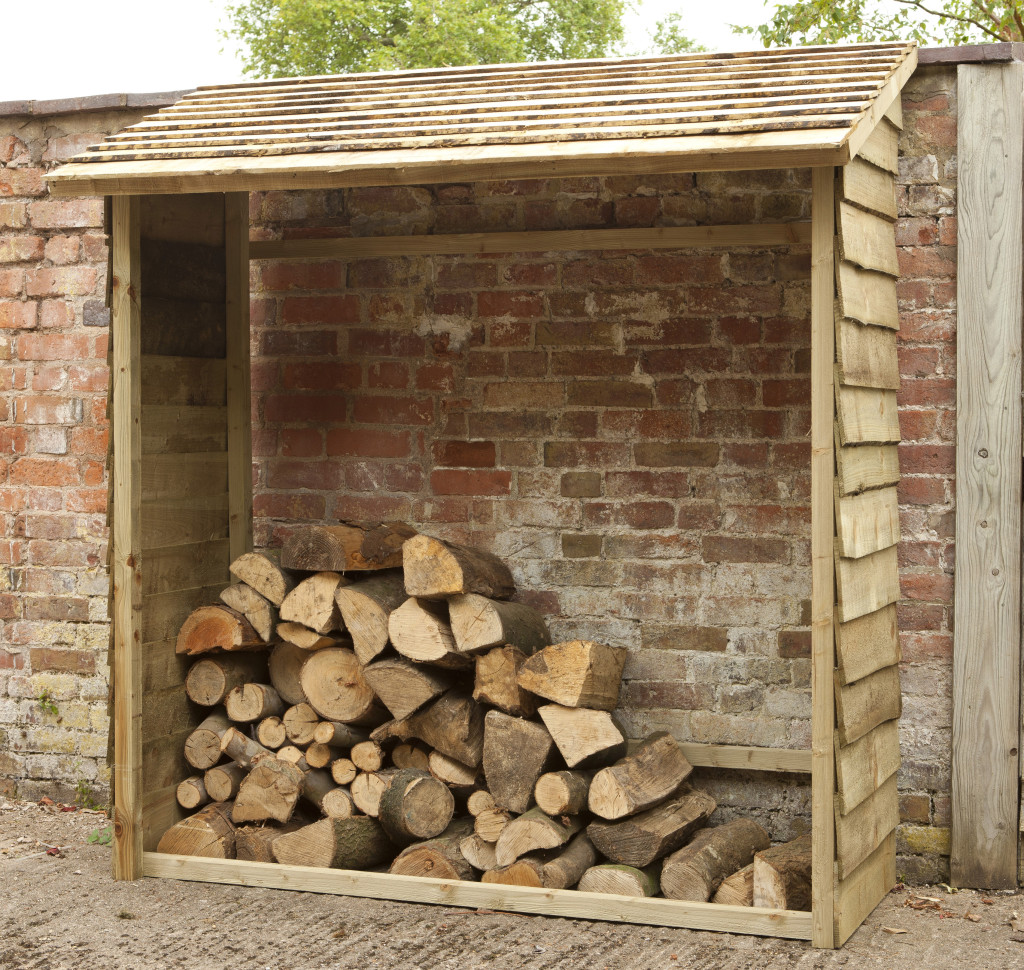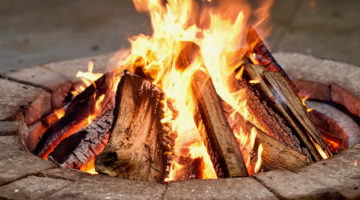
Wood burning stoves have become incredibly popular over the last few years, and it’s easy to see why. With spiralling energy costs, people are really keen to find ways to save money and not only do wood burners save money, they also make a great looking feature in a room and as a result have become very desirable for many households in the UK.
Whilst stoves can be used as an alternative for the main heating system in a home, they really are an excellent supplementary system. In cold periods when the central heating isn’t enough, or you don’t want to turn it on full blast, the stove can be used as a supplement, and this proves particularly cost-effective compared to the cost of electric room heaters.
How much do wood burning stoves cost?
A typical stove will set you back around £700-£1,500, depending on the model. If you include installation costs – preparing the chimney and installing the stove, this figure can double. So they aren’t necessarily a cheap piece of kit. Even so, you could potentially see a return on investment in just 5 years.
Why install a wood burning stove
People in the UK tend to spend most of their time in one room – the living room, and as such a lot of the heating costs are focused here. Therefore, if you can use a cheaper form of heating in just this location, then the costs of the central heating and additional heating should fall considerably.
How much cheaper is it? Well the cost of wood logs is obviously variable, depending on your source and where you live. Some people have access to free wood from gardens and the local area, which is fantastic – this essentially means once you have installed the wood burner, you can heat your home for free.
The majority of people will not be so fortunate though, having to source seasoned logs from suppliers and typically the cost of this works out about 4p / kWh (therefore in line with gas central heating systems).
If you are using electricity to heat your home, getting a wood burner is a lot cheaper – so it really is a no brainer if you have somewhere to put it! Remember electricity costs 15p / kWh, so installing a word burner, with fuel costs of just 4p / kWh is about 3-4 times cheaper.
The other thing to consider is that a wood burner is a carbon neutral way to heat the home. While the tree grows it absorbs the carbon dioxide, which it then uses for growth. When the tree is burnt, it releases this carbon dioxide – so the whole process means there is no net increase in the amount of CO2 being released into the atmosphere, thus wood burning stoves are considered to be environmentally friendly.
Does a stove fan increase the efficiency of a wood burning stove?
Yes, stove fans are a great way to get the most out of your stove. They sit on top of the stove and move the hot air around the room, which would otherwise rise up to the ceiling.
>>> READ OUR REVIEW OF THE VALIANT 4 BLADE PREMIAIR STOVE FAN <<<
Stove fans do not require any power to run, as they utilise the temperature of the stove to power a motor which in turn circulates the air.
Seasoned or unseasoned wood?
Wood used in a wood burning stove needs to be seasoned, which effectively means it needs to be dried. Freshly chopped wood has a moisture content of between 30 – 60%, while properly seasoned wood has a moisture content of less than 20%.
Burning unseasoned wood means that much of the energy released is devoted to evaporating this moisture. In dry, seasoned wood this is not the case, and as a rule of thumb for every 1% of moisture lost, there is a 1% increase in useful heat obtained from the wood. In addition, since so much energy is required to evaporate the moisture when unseasoned wood is burnt, true combustion is inhibited, meaning the resulting combustion gases contain more particles which can settle on the flue or chimney stack potentially leading to chimney fires.
Leaving wood to dry, or buying wood that is already seasoned is a must.
You can buy unseasoned wood a lot cheaper than seasoned, so if you have the ability to season yourself, it could make for a really cheap way to heat your room. For this though you will need a decent sized store or woodshed – something you could put in your garden.
Can I use a wood burner in a Smoke Free zone like London?
The Clean Air Act limits what can be burnt in some areas of the country. This does not mean you don’t have options though. There is a DEFRA approved list of stoves that qualify as ‘cleanburn’ stoves. This means that you can use them in a Smoke Free zone. Unfortunately the cost of these burners is much higher, and they typically retail around £2,000. Some stoves can also be modified to meet the DEFRA guidelines, but we recommend speaking to the manufacturer to make sure this is the case before investing.
The alternative is to use alternative smokeless fuels rather than logs. This will obviously be more expensive, but still cheaper than using electric heating, so could be a viable option for some homes.
Is there any funding?
Unfortunately there is no funding available for wood burning stoves (biomass boilers on the other hand are part of the Renewable Heat Incentive, and offer a very attractive return on investment).
Biomass Boilers or Wood Burning Stoves?
Firstly, let me point out the difference between the two. Wood burning stoves simply burn wood and heat the room as a result. They generally only heat one room. Biomass boilers burn the wood (or other forms of biomass) and use this to heat water, which can form part of a central heating system and be used for hot water.
Biomass boilers are much more expensive, but are eligible for the RHI payments from the government and are a great option for some properties looking for a new heating system.














We have two wood burning stoves in our house, one in the living room and one in the dining room – they really do pump out an incredible amount of heat. I do agree though, they don’t make for a good whole house heating replacement
It is good to hear your stoves work for you Paul. We feel they offer a great way to supplement your main heating system.
Stoves can be a great addition to the home and can give many years of reliable heating and not to mention the warming feel it gives.
If maintained properly they can be very reliable and offer a fantastic alternative heat.
how are wood burning stoves carbon nuetral? the wood from a tree that has grown for 20 years doesn’t take 20 years to burn, more like one or two years.
The are carbon neutral in that they take in CO2 as part of photosynthesis to grow. The Carbon is therefore stored in the plant / tree. When this is then subsequently burnt it releases this CO2 back into the environment. They are considered carbon neutral as there is no net change in carbon – coupled with the fact this can all be done (growth / cut / burnt) within a relatively small timescale. Compare that to coal, which takes millions of years – hence burning that is releasing previously ‘trapped’ carbon into the atmosphere.
I have a small 2 up 2 down house with an open plan staircase, my stove is in the front room and does heat all the house given a couple of hours, and I haven’t used any gas in the last 12 months for heating, it works for me